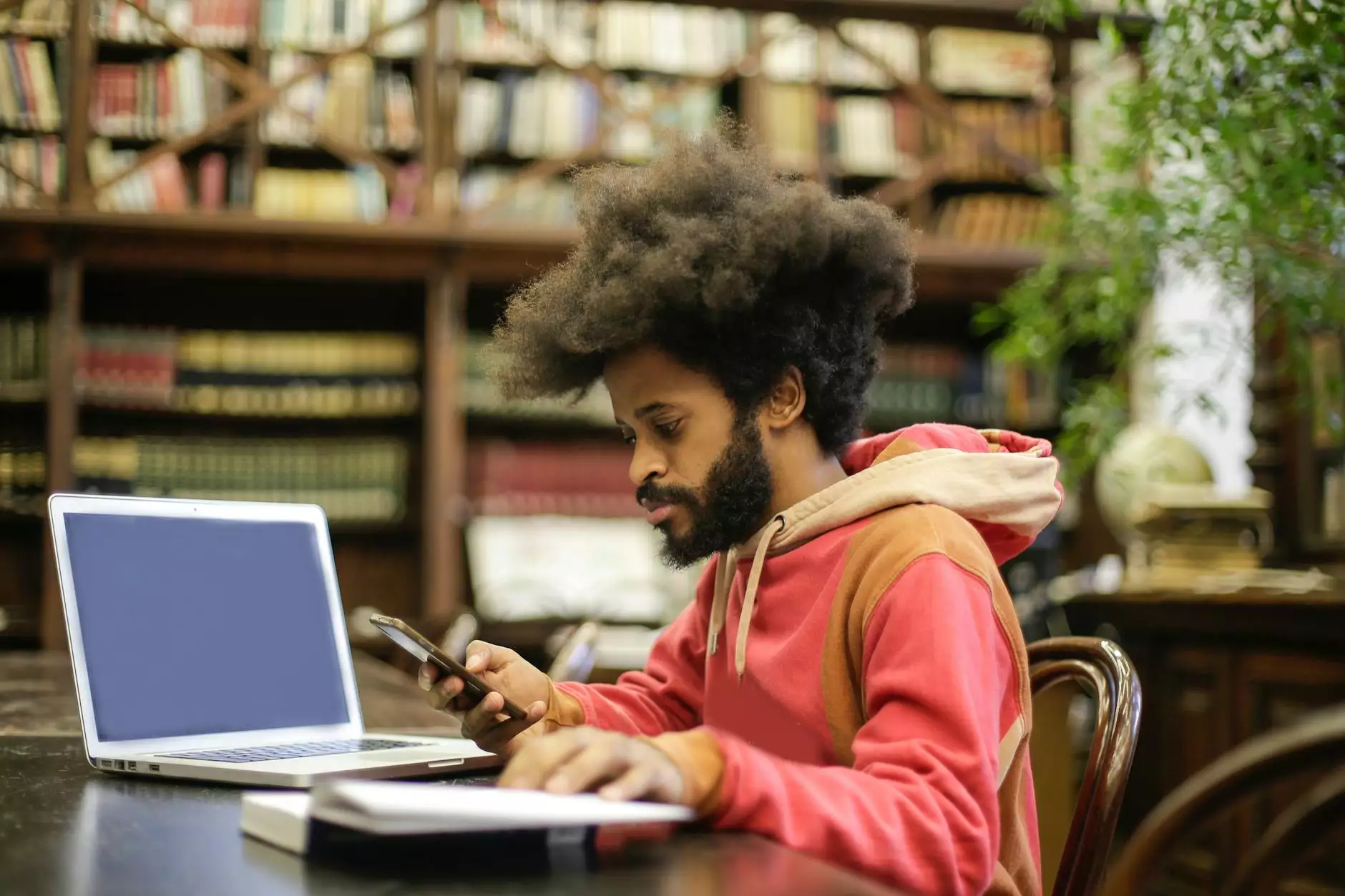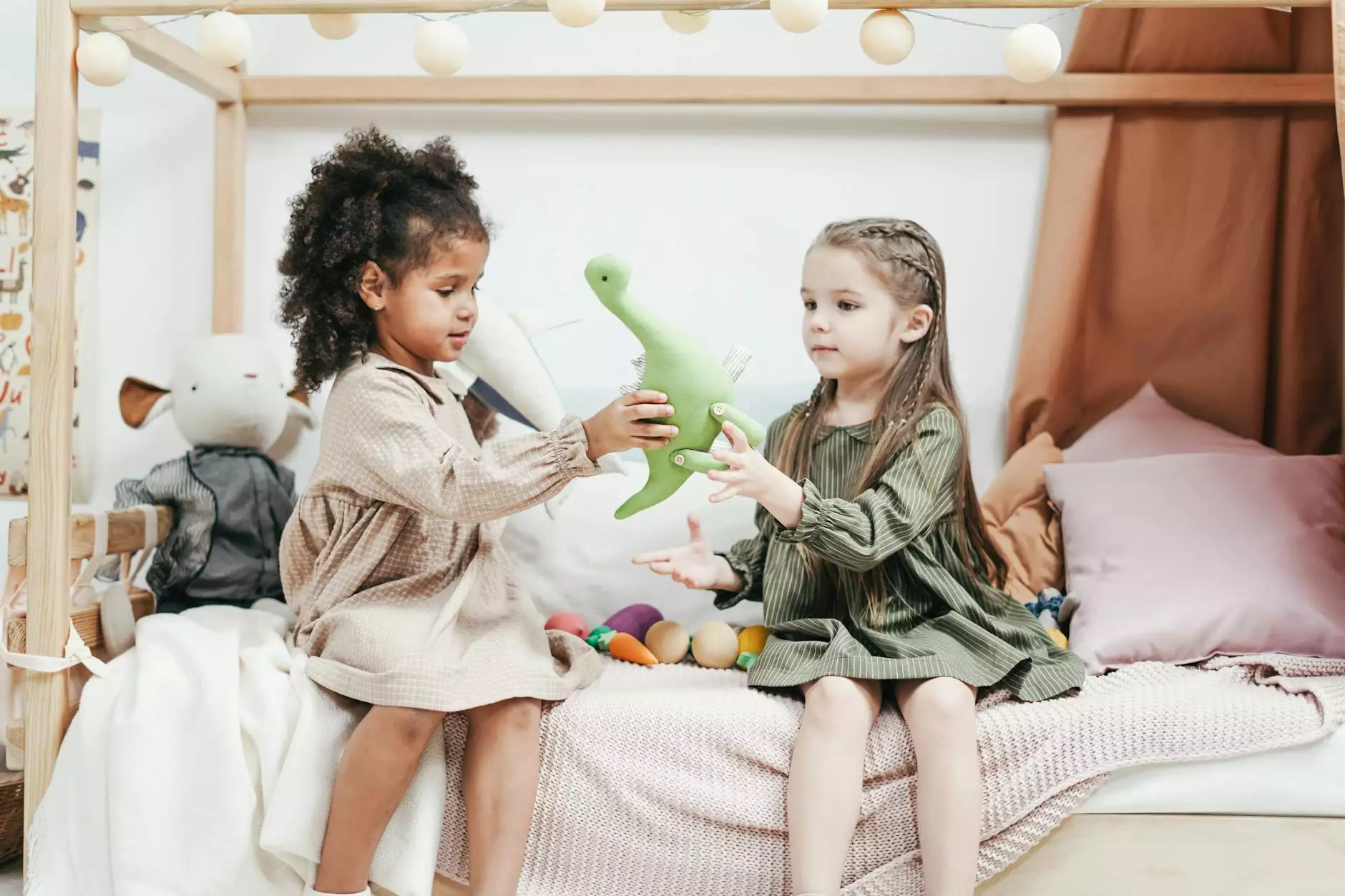Kinesthetic Learning Style - Enhancing Accessible Education at The Knowledge Nest

Understanding Kinesthetic Learning
At The Knowledge Nest, we believe in providing accessible education to all students, including those with special needs. Understanding different learning styles is crucial for teachers to effectively engage and connect with their students.
The kinesthetic learning style, often referred to as tactile learning, is one of the three primary learning styles alongside visual and auditory. It emphasizes hands-on activities, movement, and physical engagement to enhance learning, comprehension, and retention.
The Benefits of Kinesthetic Learning
Kinesthetic learners excel when given the opportunity to participate actively in their learning process. They thrive in an environment that fosters action, movement, and physical involvement. By integrating kinesthetic techniques into the classroom, teachers can tap into the potential of these learners and promote a more inclusive education system.
Here are a few benefits of kinesthetic learning:
- Active Engagement: Kinesthetic activities promote active participation, allowing students to experience learning firsthand.
- Improved Retention: The physical movement involved in kinesthetic learning enhances memory retention and recall.
- Enhanced Comprehension: Students grasp concepts better when they are physically involved, as it helps them connect theory with practice.
- Personalized Learning: Kinesthetic techniques provide opportunities for students to personalize their learning experience based on their individual needs and interests.
- Improved Focus: Physical movement stimulates the brain, leading to increased attention span and focus during lessons.
Implementing Kinesthetic Learning Strategies
To create an inclusive classroom environment and cater to kinesthetic learners, teachers can incorporate a variety of strategies:
1. Hands-On Activities
Engage students through hands-on activities that require movement and physical interaction with materials. This could include experiments, role-playing, or creating models and artwork.
2. Movement Breaks
Integrate short movement breaks throughout the day to allow students to release energy and refocus. Quick stretching exercises or simple movement games can contribute to improved concentration and productivity.
3. Multi-Sensory Learning
Combine kinesthetic learning with visuals and auditory stimuli to create a multi-sensory experience. This can involve using props, incorporating videos or music, and encouraging discussions or debates.
4. Field Trips and Outdoor Education
Organize field trips and outdoor education experiences that provide opportunities for hands-on learning outside of the traditional classroom environment. Exploring nature, visiting museums, or participating in practical workshops can greatly benefit kinesthetic learners.
5. Collaborative Projects
Promote collaborative projects where students are required to work together and actively engage in group activities. This fosters teamwork, communication, and problem-solving skills while providing a kinesthetic learning experience.
The Knowledge Nest Community - Embracing Kinesthetic Learning
At The Knowledge Nest, we understand the importance of inclusive education and the value of catering to diverse learning styles. Our dedicated teachers are trained to identify and address the needs of kinesthetic learners, ensuring they receive the support and resources necessary to thrive.
By embracing kinesthetic learning strategies, we foster a positive and empowering learning environment for all students, while promoting inclusive education practices.
Join The Knowledge Nest - Unlocking Potential through Kinesthetic Learning
If you're a teacher seeking to enhance your understanding of kinesthetic learning or looking for valuable resources to support your students, join The Knowledge Nest community today. Together, we can transform education and empower every learner.









